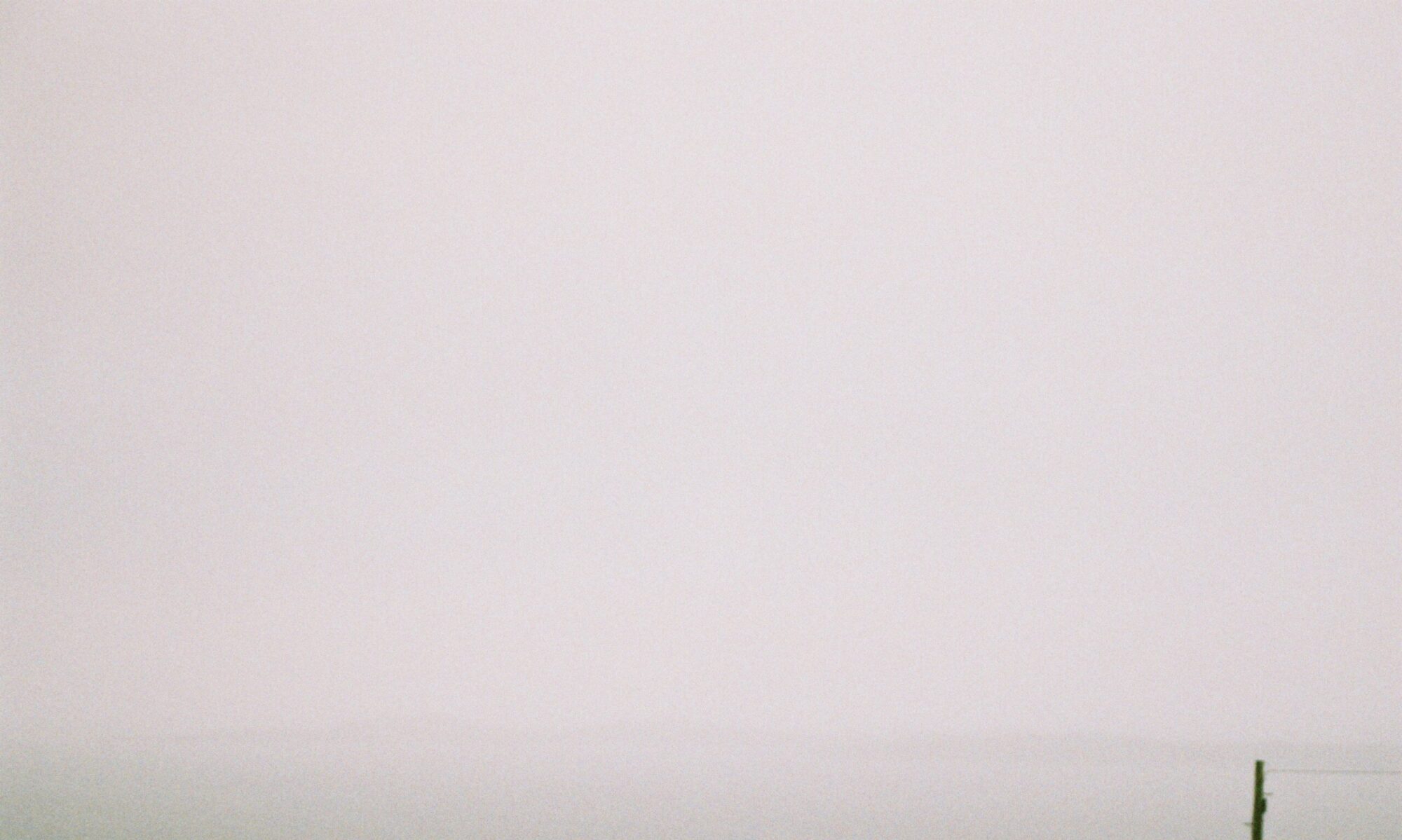a quick tip from a filmmaker – Mann gave me tips for panning with handheld slowly to stopping jolts and disruption – firstly you identify where you tend to mess up the pan, and start from that point going backwards – so than during editing, you can play the video backwards and therefore the whole pan is smooth using handheld motion without disruption/distraction the way you wanted it to be shown.
Mann was kind enough to suggest other film artists.
She suggested I watch Marguerite Duras’ film Agatha and India Song as we discussed slow cinema. https://youtu.be/laUM85wOcPA In the intro to India song we see panning. She also suggested I look at Apichatpong Weerasethakul – Syndromes and a Century
We discussed her audio intentions within her work being purposefully quiet. So that the sounds within the room that the film is playing in interact with the piece. Much like the intentions with my own work.
She discussed that moving image speaks to her more than photography does and that it needs to be a slow-moving image especially. To get a hypnotic motion in her work through sound and moving image. Through slow panning and recording and varying different volumes, areas of sound like the sound of the wind, water, distant car, birds chirping triggers presentness.
When you are aware of these background noises within a present moment they come forward. Doing this technique in film, such as heightening the volume of the cars in the distance to construct a situation in the audiences head that can maybe trigger a certain past experience. The sound of the background noise of distant traffic is foregrounded and becomes an awareness in a film that’s not about traffic – therefore a moment of recognition that occurs that reminds you of being present.
An image being seductive makes you present but moving image/audio has the power to remind us of what presentness feels like and maybe they are two different things.
Mann doesn’t use a tripod in her work, she discusses how using a tripod she was unable to get the movement that she wanted, a tripod holds and pans in one place whereas handheld resembles more how our eyes move and in ways seems more organic and natural even though it is impossible to completely film something as our eyes see it, we can do techniques and move in certain ways to resemble similar qualities and it is effective.


